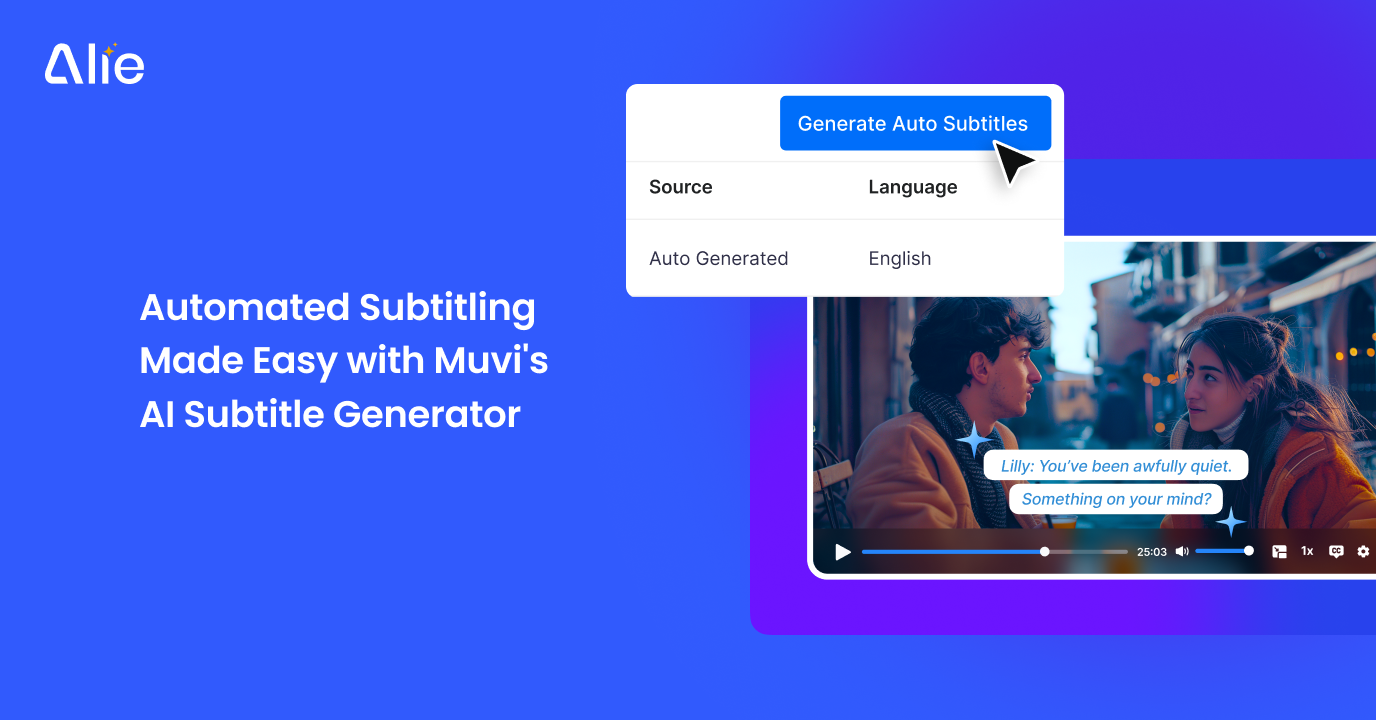Live streaming has become one of the new trends for a while now. And just like any other well-known sector, it has its own set of popular words and phrases. Whether you love to stream on your smart devices or are going to launch your own live streaming platform, you should be aware of key buzzwords to navigate your way through this industry and catch up on trends. Here are the top 10 buzzwords in live streaming and what they really mean.
10 Live Streaming Buzzwords You Need to Know
1. CDN (Content Delivery Network)
The CDN (Content Delivery Network) is a network of widely distributed servers located across geographies that delivers the live streaming content to the viewers from different places. CDN helps in speeding up the live streaming content delivery by automatically routing the content to the closest server for each of the users.
2. Transcoding
Transcoding is the process of converting an encoded digital file or set of files into an altered set of digital files in order to meet the hardware requirements of various devices the viewers watch the live stream on. While it seems to be a simple term to describe video conversion, it’s actually more complex than that. Below are the steps that transcoding includes in live streaming-
Takes compressed/encoded content as input → decompresses/decodes it → alters/recompresses it
However, transcoding can be of different types that denotes varying processes such as-
Lossless-to-Lossless Transcoding
This implies the lossless conversion of one file format to another through transcoding. However, the output file can be quite large in size in this case.
Lossy-to-Lossy Transcoding
This refers to the transcoding of an already compressed file in order to lower the bitrate and save storage space especially on portable devices.
Lossless-to-Lossy Transcoding
This transcoding method is quite the same as that of lossy-to-lossy except that the quality loss is lower than the first one. This transcoding is quite effective in live streaming to produce quality files with lower sizes.

3. Codec
Codec, the short form for coder-decoder, denotes an algorithm that is used to encode data related to various audios & videos. So, this has mainly two components-
- An encoder to compress a video/audio file
- A decoder to decompress when the files are played back
4. ABR
ABR or Adaptive Bitrate Streaming is a technique of video streaming over HTTP (Hypertext Transfer Protocol) to encode the source content at multiple bitrates. Through this method, the compression level and video quality of a stream gets dynamically adjusted in order to match the bandwidth availability.
Also Read: How to Earn from Live Streaming?
5. DVR
The DVR or Digital Video Recorder is meant to record live streams in digital format so that the viewers can pause, rewind and replay live streaming on multiple devices and platforms. As this is highly useful to not let the users miss out any part of a live streaming, most of the good live streaming platforms have built-in DVR streaming content.
6. HLS
HLS or HTTPS Live Streaming is an HTTP-based adaptive bitrate streaming communications protocol developed and released by Apple Inc. in 2009. Not only is the support for this protocol widespread across mobile devices, web browsers, and streaming media servers to name a few, this is very important in letting the viewers watch the live streaming across diverse players, devices, and platforms.
7. DRM
DRM is another trending term or buzzword in the live streaming industry. DRM or Digital Rights Management is an application of technology to protect the copyright of digital content. You must hear it often when it comes to the security of live streaming. DRM is mandatory to prevent digital content piracy and unauthenticated sharing of digital content. All top-notch live streaming platforms have multi-DRM solutions that include encrypted live streaming, forensic & visible watermarking, and many more.
8. HTML5 Video
This is a commonly used term in the live streaming industry. HTML5 video streaming utilizes HTTP-based adaptive protocols and lets the video uploader embed it directly to the webpage. In such videos, the website hosting content uses native HTTP to directly stream the media to viewers.
9. AAC (Advanced Audio Coding)
AAC or Advanced Audio Coding is an audio coding standard to store and compress lossy digital audio. Being supported by diverse devices and platforms, it is one of the best audio codecs in the live streaming industry.
10. Latency
Latency is a very common word you get to listen to frequently when it comes to live streaming. It is the delay between capturing the live streaming event and the same being viewed by the audience. No doubt that lower latency is expected for any live streaming.
Wrapping Up,
The live streaming industry is dynamic and so it is possible to come across more new buzzwords with changing time and market scenarios. However, the above-mentioned buzzwords are technical live streaming industry jargon. Furthermore, these also make for some important factors that you should ensure before choosing a live streaming platform.
Muvi Live, the brand-defining live streaming platform, lets you live stream from anywhere to everywhere, without any technical knowledge or in-house team. Take a 14-day free trial today to know more (no credit card needed)!


















Add your comment